Singidunum (Belgrade)
Q1309687Singidunum (Greek: Σινγíδουνον): Roman fortress on the confluence of the rivers Danube and Sava, base of the Fourth Legion Flavia Felix, modern Belgrade in Serbia.
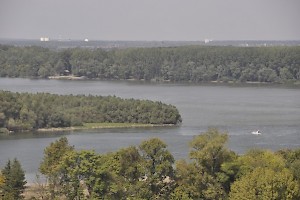
Singidunum, modern Belgrade, is situated southeast of the confluence of the Danube, which empties itself into the Black Sea, and the Sava, which has its sources in what is now called Slovenia. Anyone travelling from northern Italy or the Adriatic Sea to the east would have had to pass along the large table mountain of Singidunum. The site was occupied by the Celtic tribe of the Scordisci in the Late La Tène period.
The Romans reached the area, which they called Upper Moesia, during Octavian's Dalmatian War (35-34). Moesia was organized in 29 BCE, after the civil wars had come to an end. Hardly anything is known about this period, but there appears to have been a bridge across the Sava.
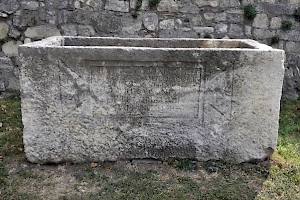
In 86 CE, the Dacians invaded the Roman Empire and defeated the legions that were supposed to defend the Danube frontier. The emperor Domitian restored order and prepared for war against the Dacians. Moesia was divided into two provinces, and the Fourth Legion Flavia Felix was to defend Upper Moesia. The table mountain, which is nowadays known as the Kalemagdan, became its base. As it has been in use almost permanently, it is very difficult to excavate.
It seems that a couple of years later, when the emperor Trajan invaded Dacia (101-106), II Adiutrix joined the Fourth, but it was later transferred to Aquincum (Budapest). Viminacium (downstream along the Danube) and Sirmium (upstream along the Sava) were other army bases, where legions could gather to defend the Empire.
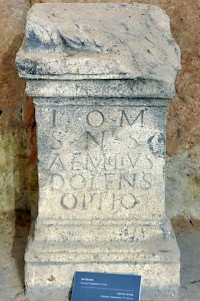
There was of course a civil settlement too: the forum and the bathhouse have been identified at Studentski Trg (Students' Square), and some of Belgrade's streets follow the course of the ancient gridiron. Inscriptions mention the usual civil officials. We also know that there was a Christian bishop.
The Fourth Legion must have played a role during the wars that Marcus Aurelius conducted along the Danube, but we know precious little about it. The city was the birthplace of Jovian, who was briefly emperor in 363/364, and the place where the emperor Gratian was assassinated.note Before the end of the fourth century, the Fourth disappears from our sources.
The city was during the fifth century occupied by several northern tribes: the Huns, the Sarmatians, the Gepids, and the Ostrogoths. In 510, it became Byzantine and the emperor Justinian rebuilt the fortifications,note and Maurice used the city when he restored order on the Balkans.
In 584, the Avars took Singidunum, which was, by now, no longer an important city. It was only in the ninth century that Belgrade was founded.
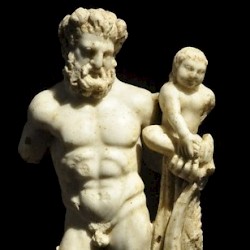 Belgrade, Statue of Hercules and Telephus |
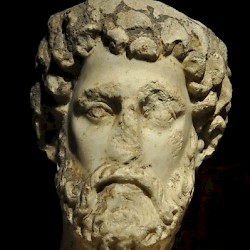 Belgrade, Portrait of a man, possibly Marcus Aurelius |
 Belgrade, Venus |
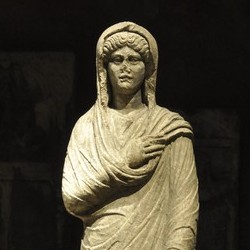 Belgrade, Statue of a woman |